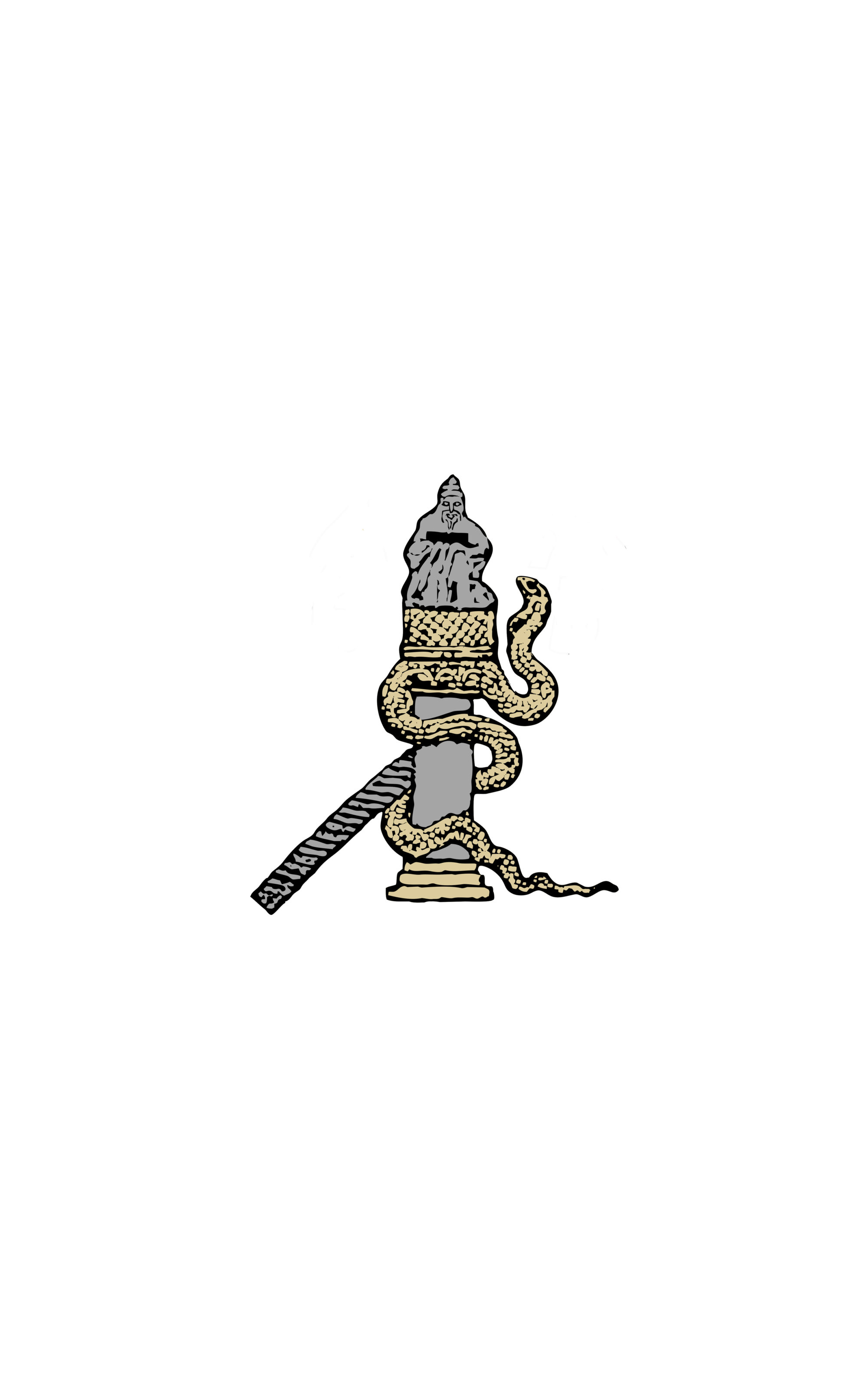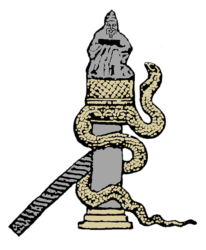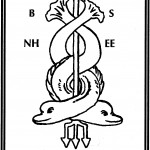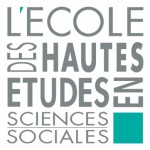The City and the cities: From Constantinople to the frontier
The Oxford University Byzantine Society’s
XVI International Graduate Conference
28th February – 1st March 2014, History Faculty, University of Oxford
The Classical Roman Empire has been described as an ‘empire of cities’, and both the reality and ideal of civic life remain central to its late-Antique and Medieval successor. Indeed, the term ‘Byzantine’ itself shows the importance placed by scholars on Constantine I’s refounding of Byzantion as the New Rome. Yet in 330 A.D. Constantinople was part of an urban landscape which included other, more ancient civic centres, whilst by 1453 A.D. little else remained but the City, itself a collection of villages and the Theodosian walls the frontier. Across this Byzantine millennium Constantinople was inextricably linked to the other cities of the empire, from the Golden Horn to the ever-shifting frontiers. With the apparent seventh-century disappearance of city-life in the broad new Anatolian borderlands, the strength of the Greek mainland in the twelfth century, and the rise of post-Byzantine cities in the old western frontiers of southern Italy and Venice, the vicissitudes of urban life in the empire are undoubtedly linked to each moment of change. Constantinopolitan artistic and architectural forms are fleshed in the local materials of Ravenna in the sixth century, and in the eleventh and twelfth centuries provincially-born men, educated in the City, become the bright lights of the so-called Komnenian Renaissance. Yet how are we to understand this dialectic between the City, the cities, and the imperial frontier? Moreover, what are the methodologies and conceptual frameworks which we might use to approach these issues?
We are calling for papers which explore the myriad approaches towards these issues, in all fields of Late Antique and Byzantine studies, including history, archaeology, history of art, theology, literature, intellectual history, and philology. Possible themes might include:
– Constantinople’s Place in the Empire
– The Changing Urban Landscape
– Civic and Provincial Art
– The Bishops and the Cities
– Civic and Provincial Intellectual Life
– The Civic Ideal and Imperial Citizenship
– Garrisoning the Cities, Guarding the Frontiers
Please send an abstract of no more than 250 words, along with a short academic biography in the third person, to the Oxford University Byzantine Society at byzantine.society@gmail.com by Friday, 29th November 2013. Papers should be 20 minutes in length, and may be delivered in English or French. For the first time the publication is in process of a selection of on-theme and inter-related papers from last year’s conference, having been chosen and reviewed by specialised readers from the University of Oxford’s Late Antique and Byzantine Studies department. We intend to do the same this year, and so any speakers wishing to have their papers considered for publication should try to be as on-theme as possible in their abstract and paper. Nevertheless, all submissions are warmly invited. More details will be sent to successful submissions soon after the deadline. Subject to funding, the OUBS hopes to offer subsidised accommodation for visiting speakers.



